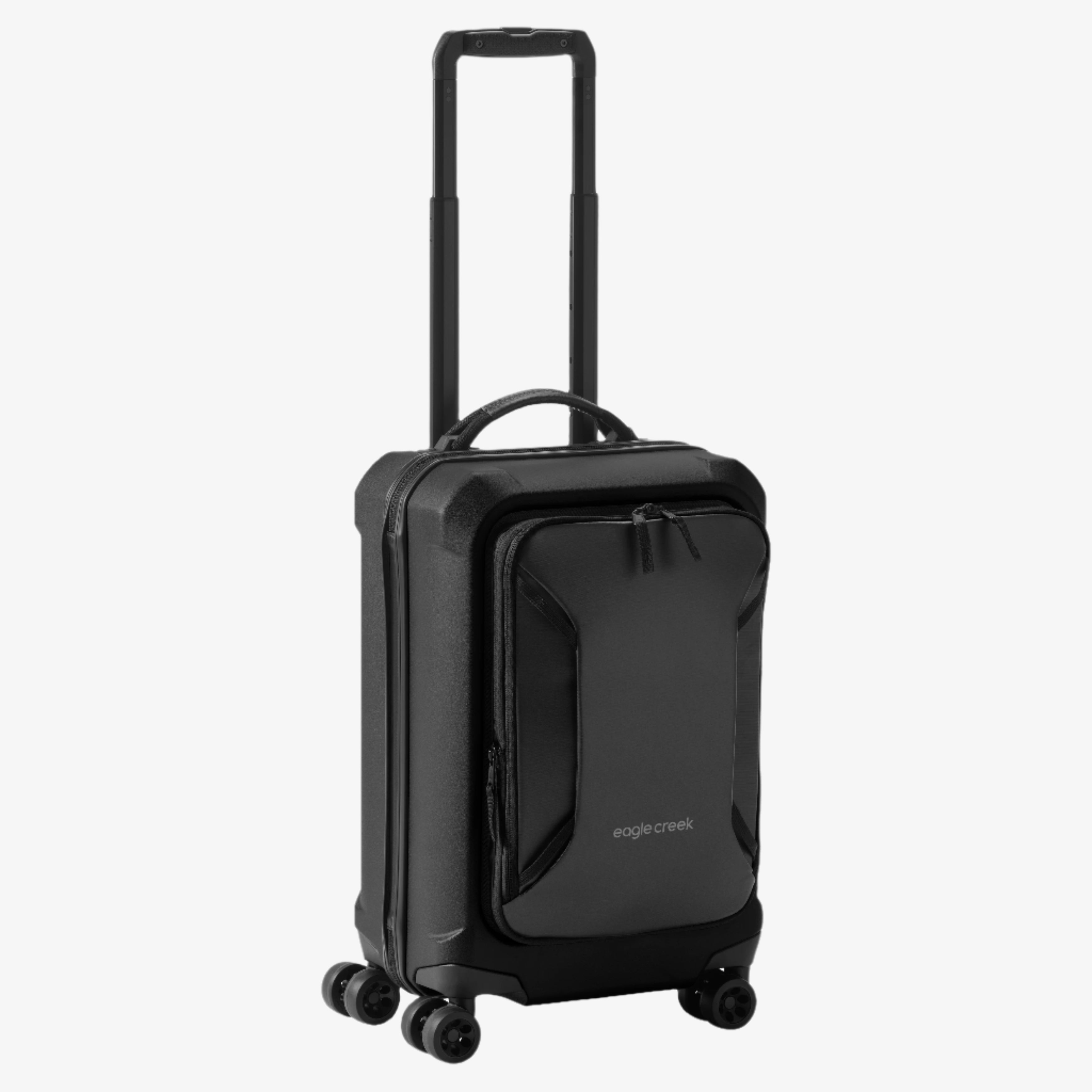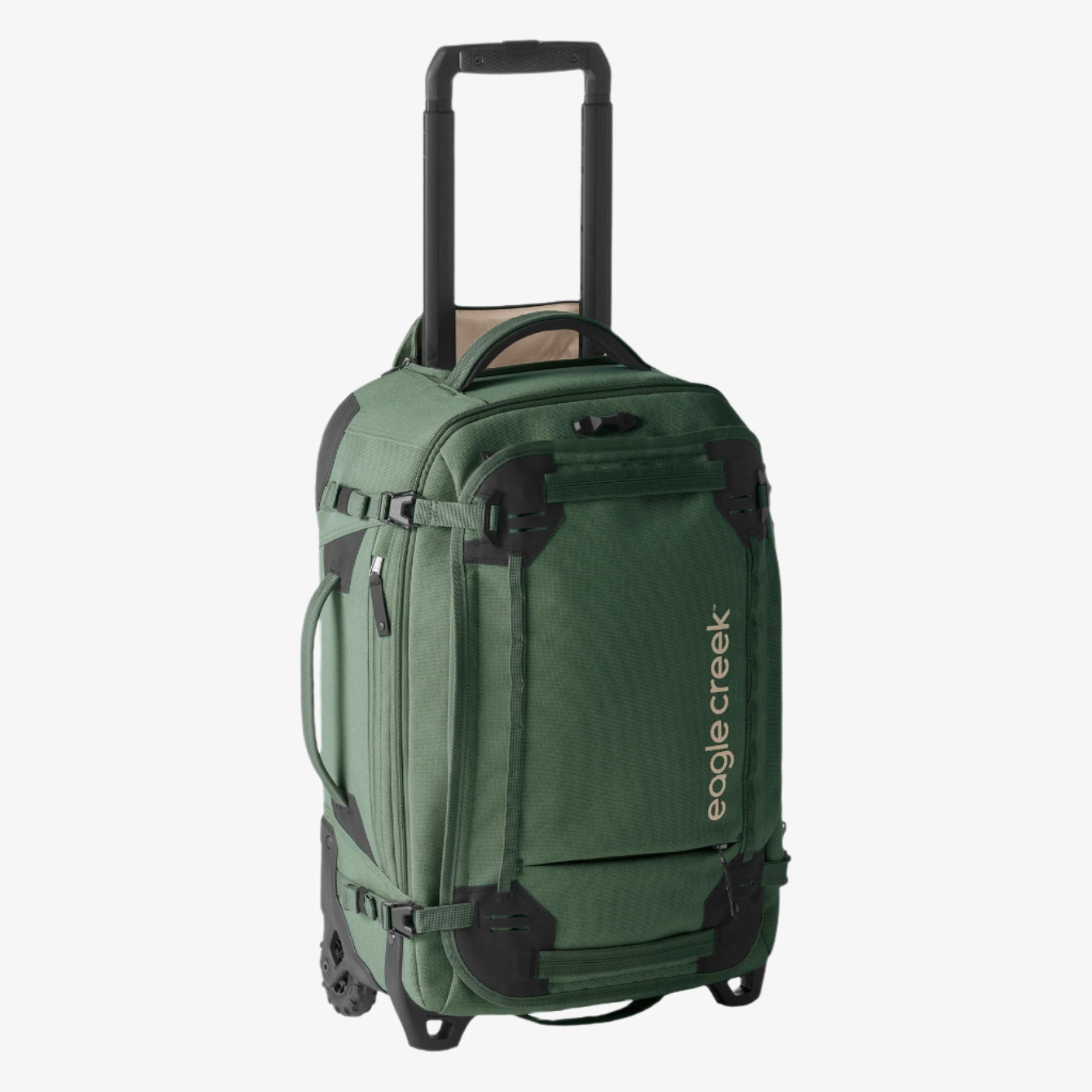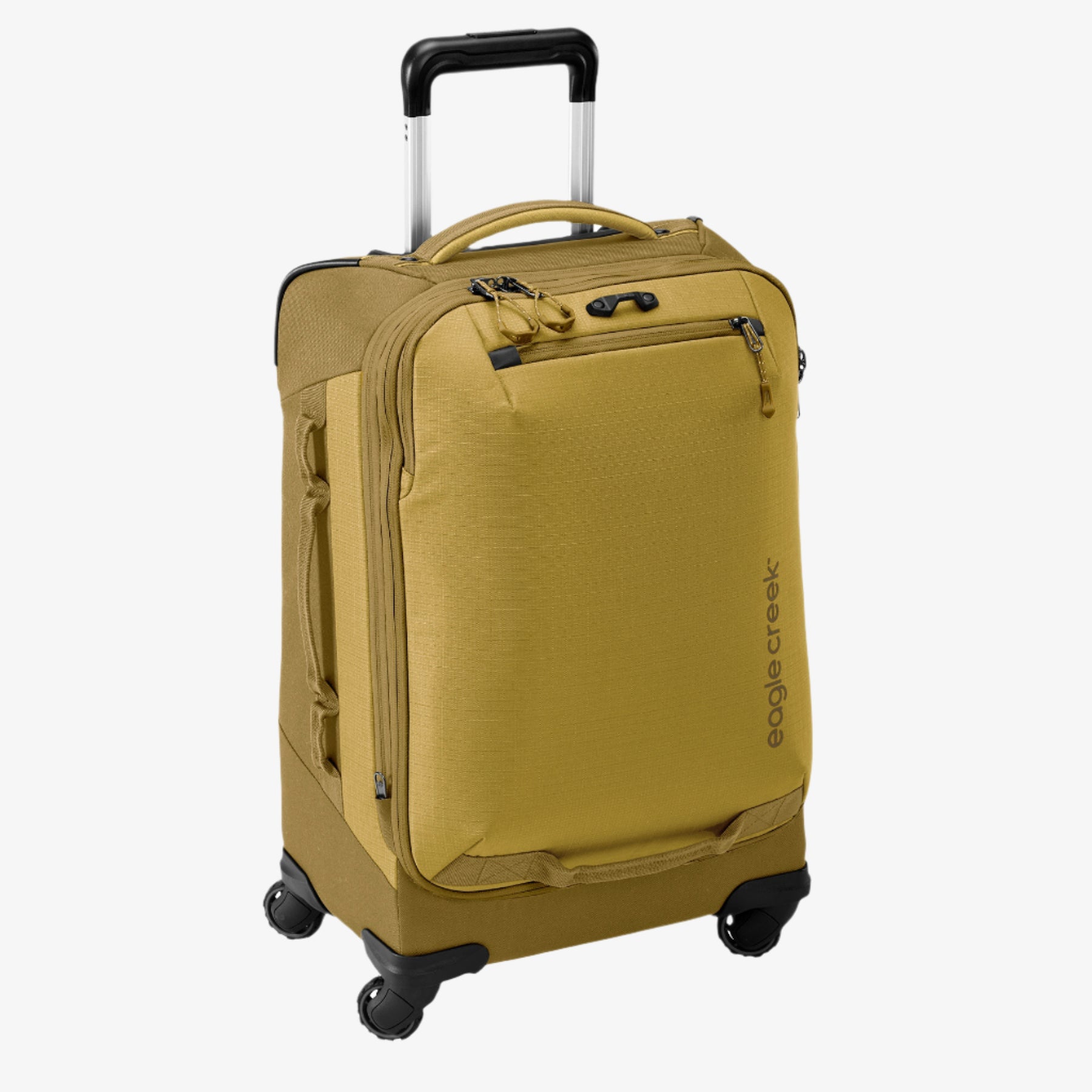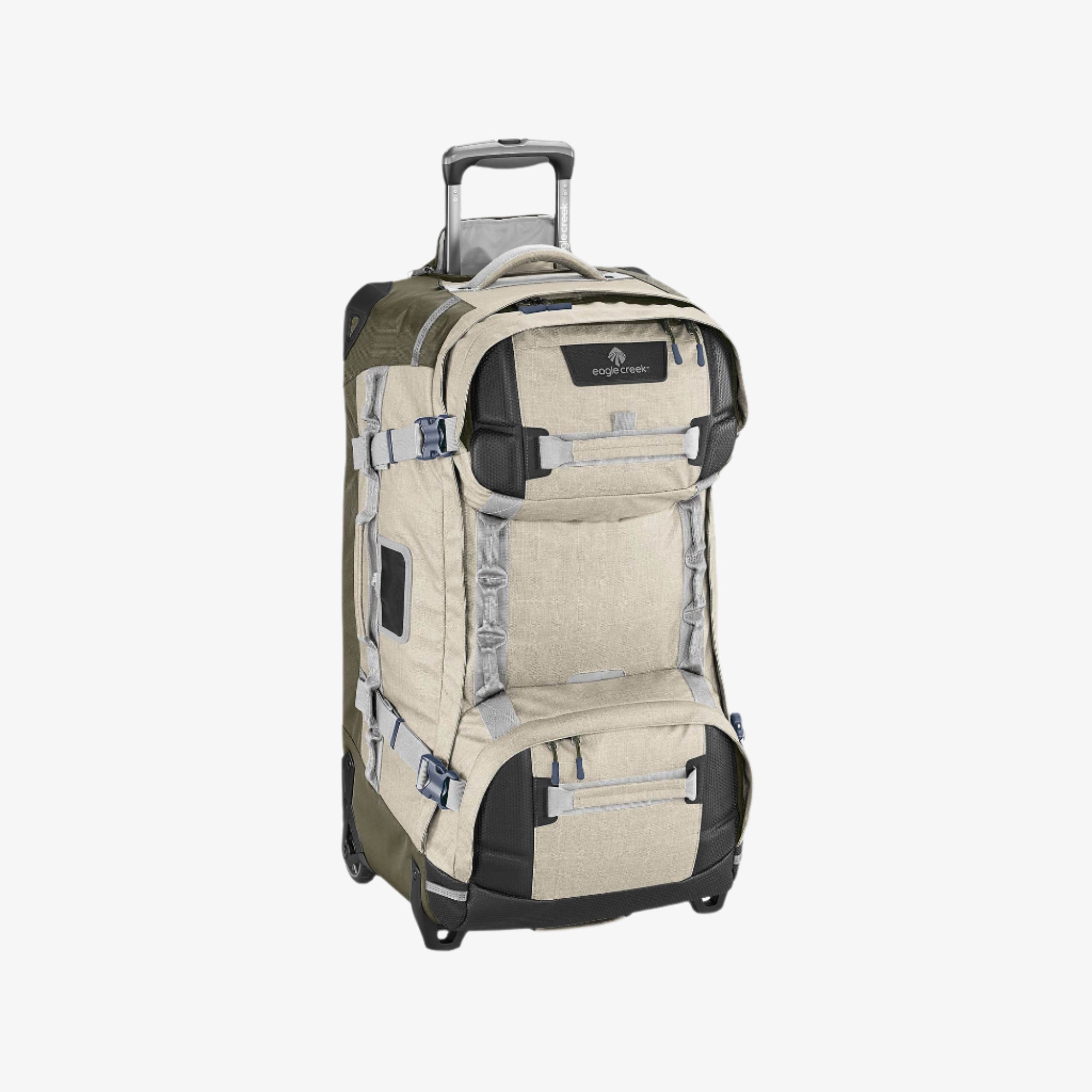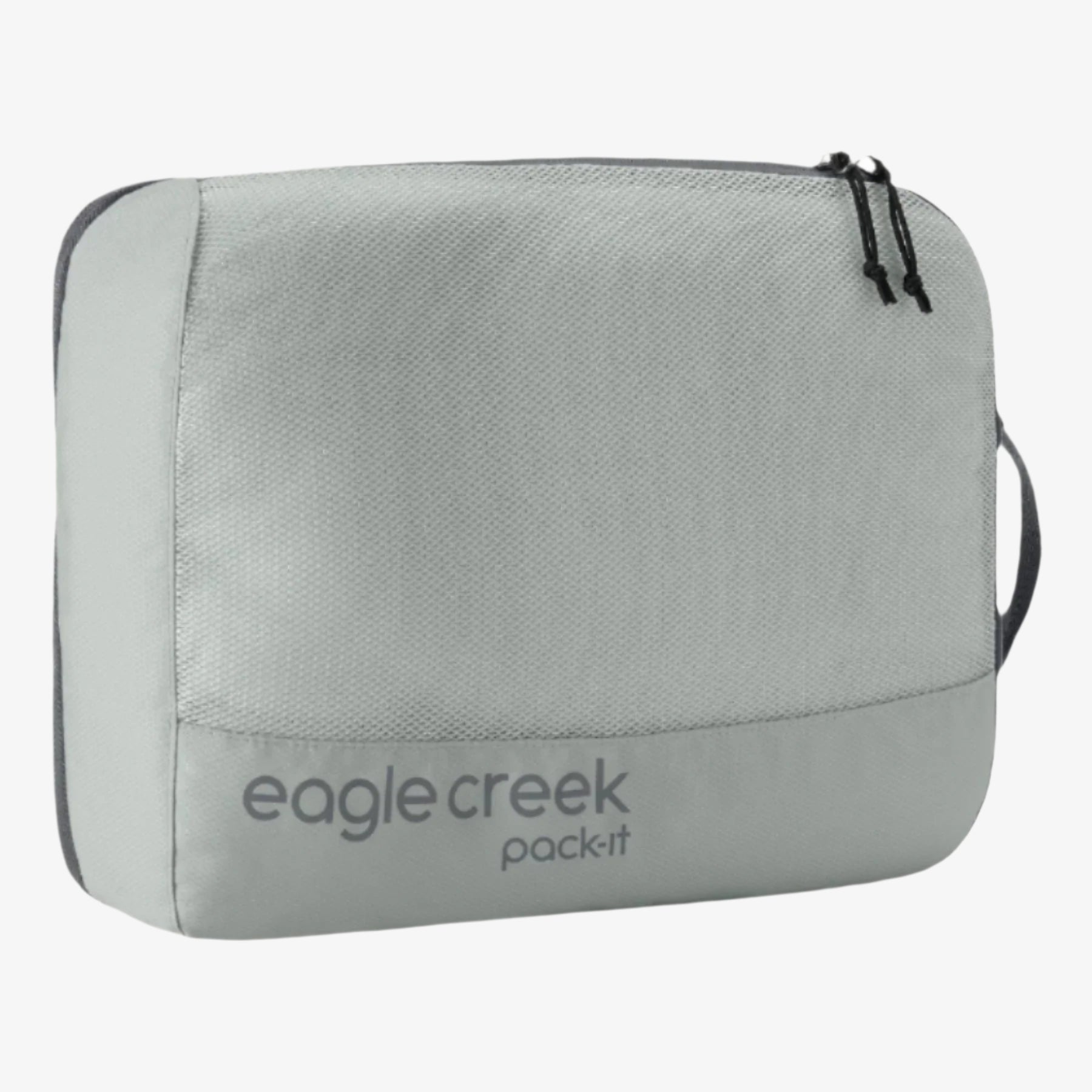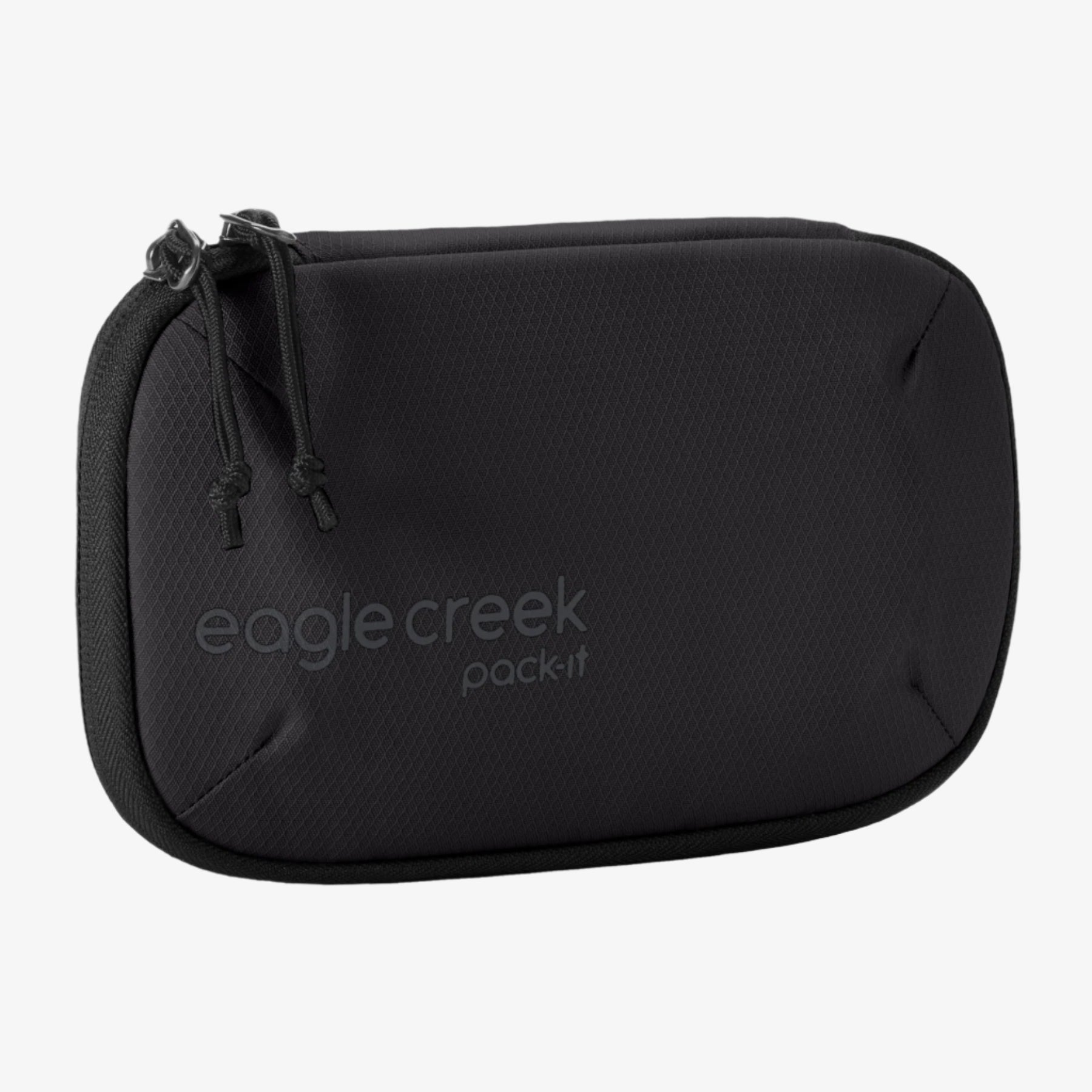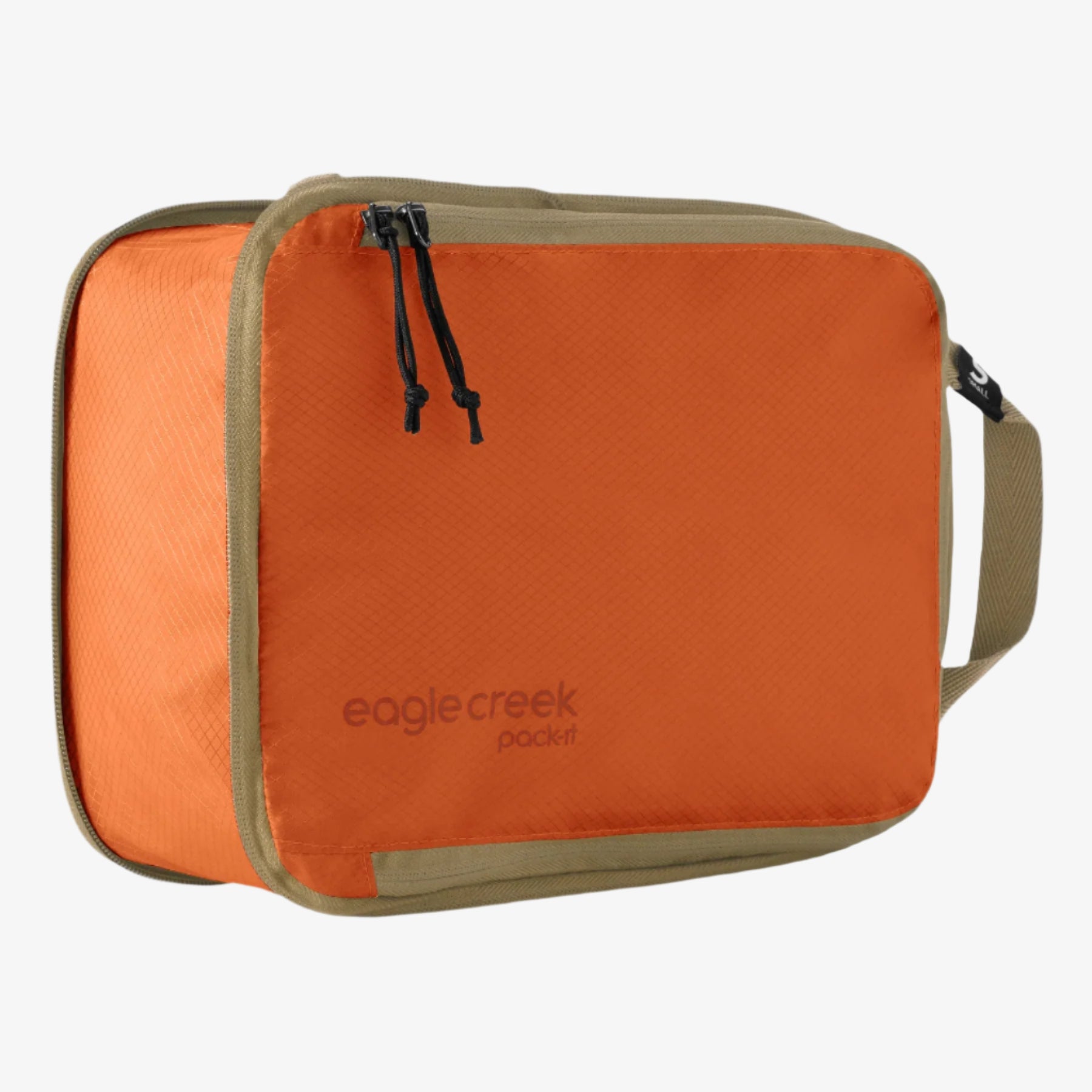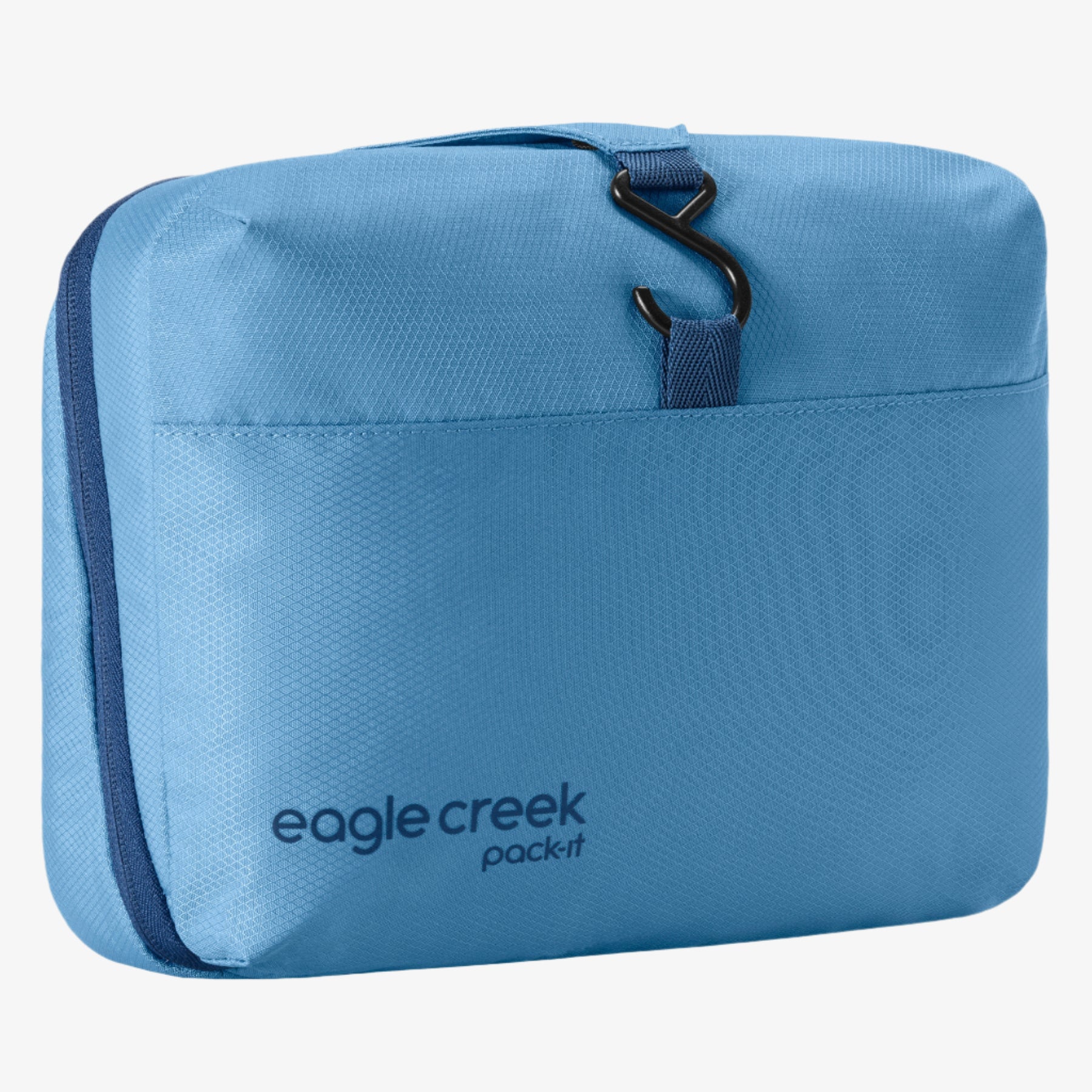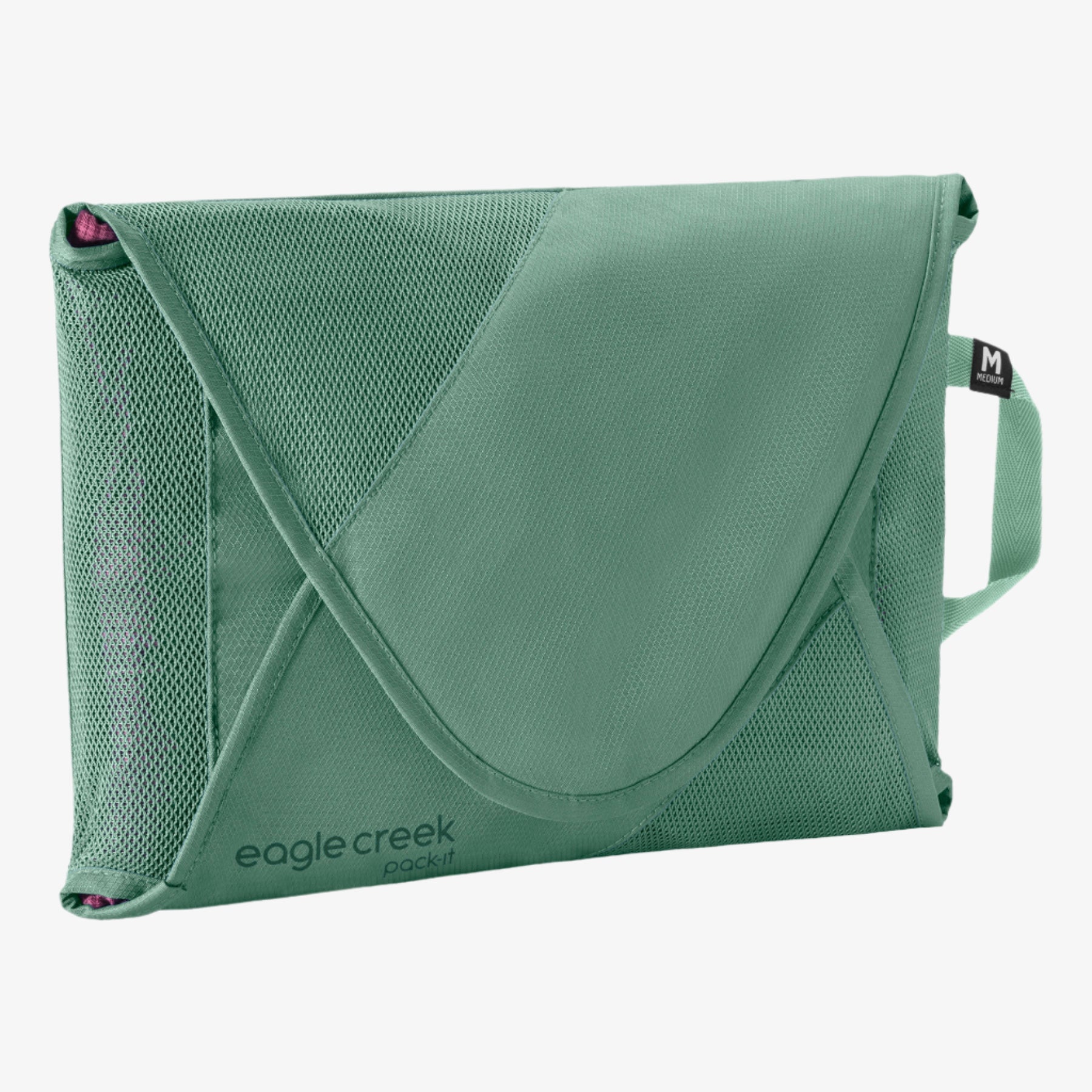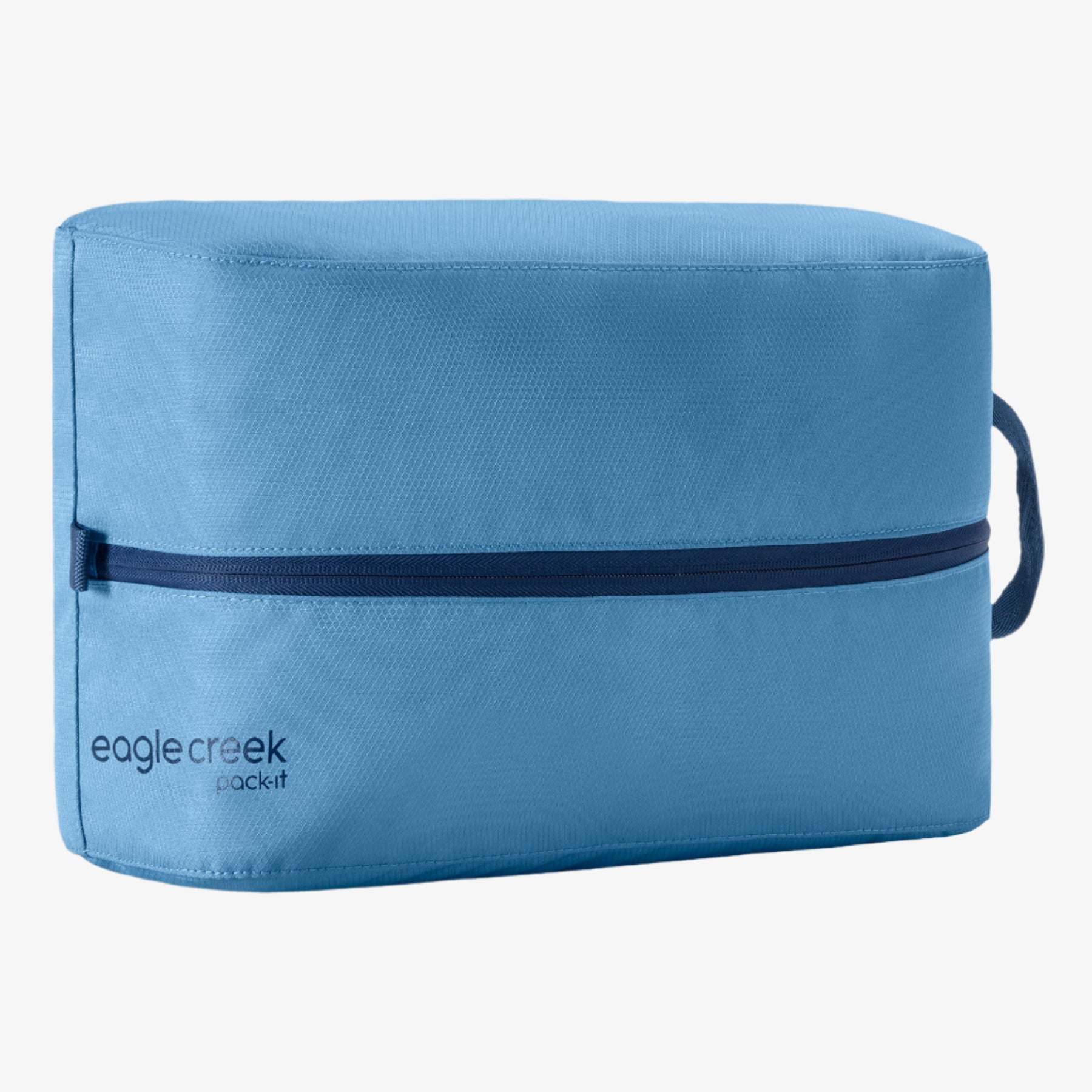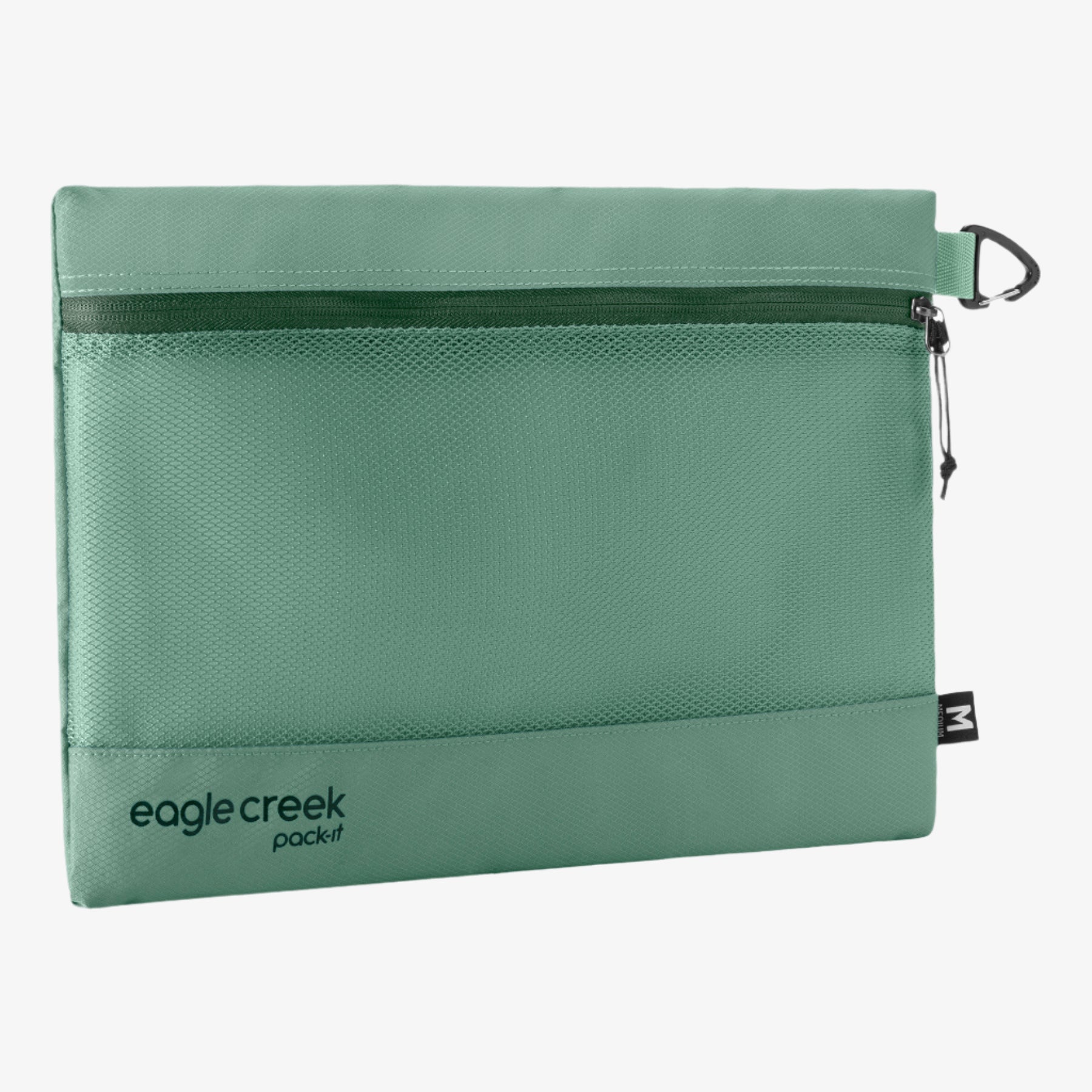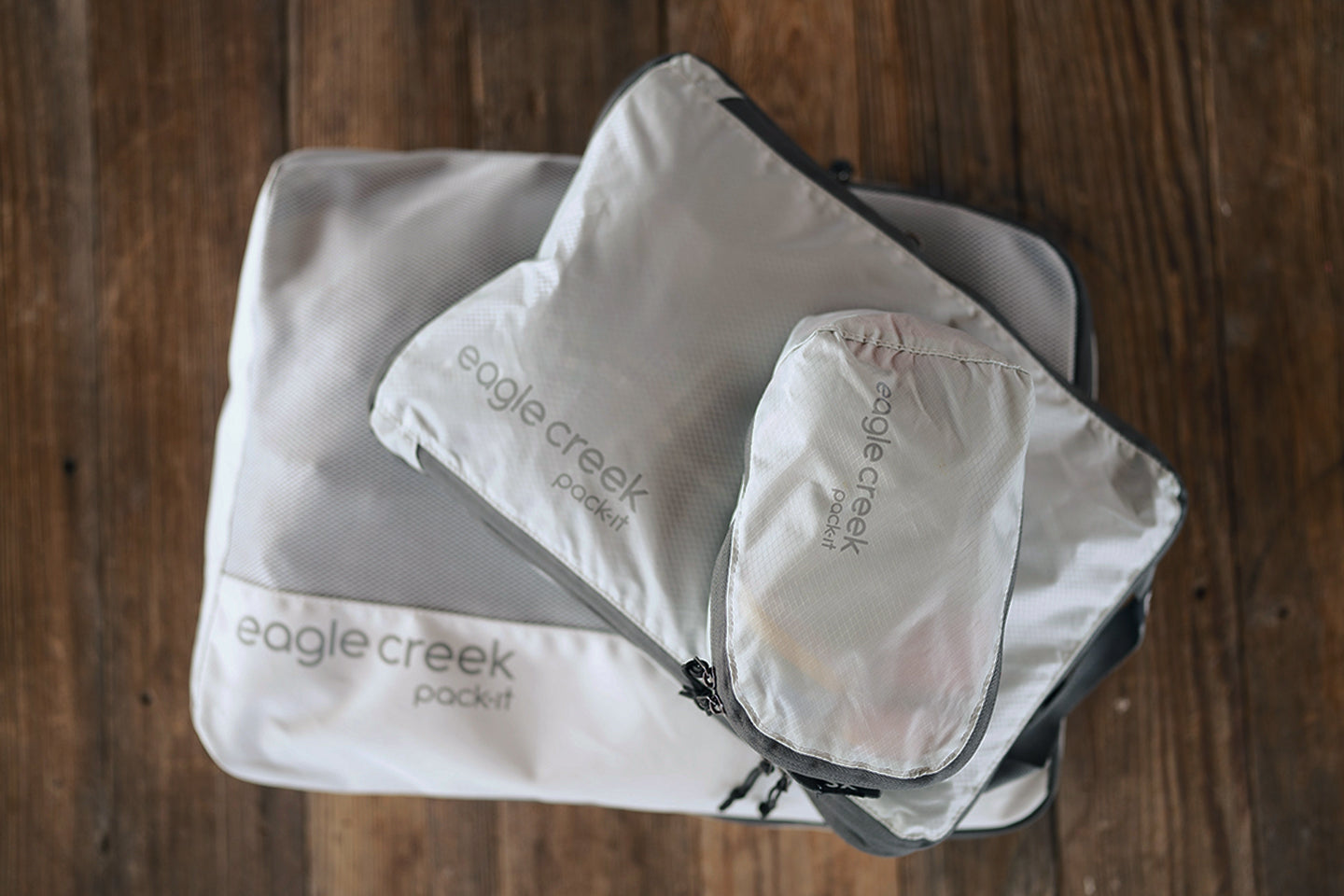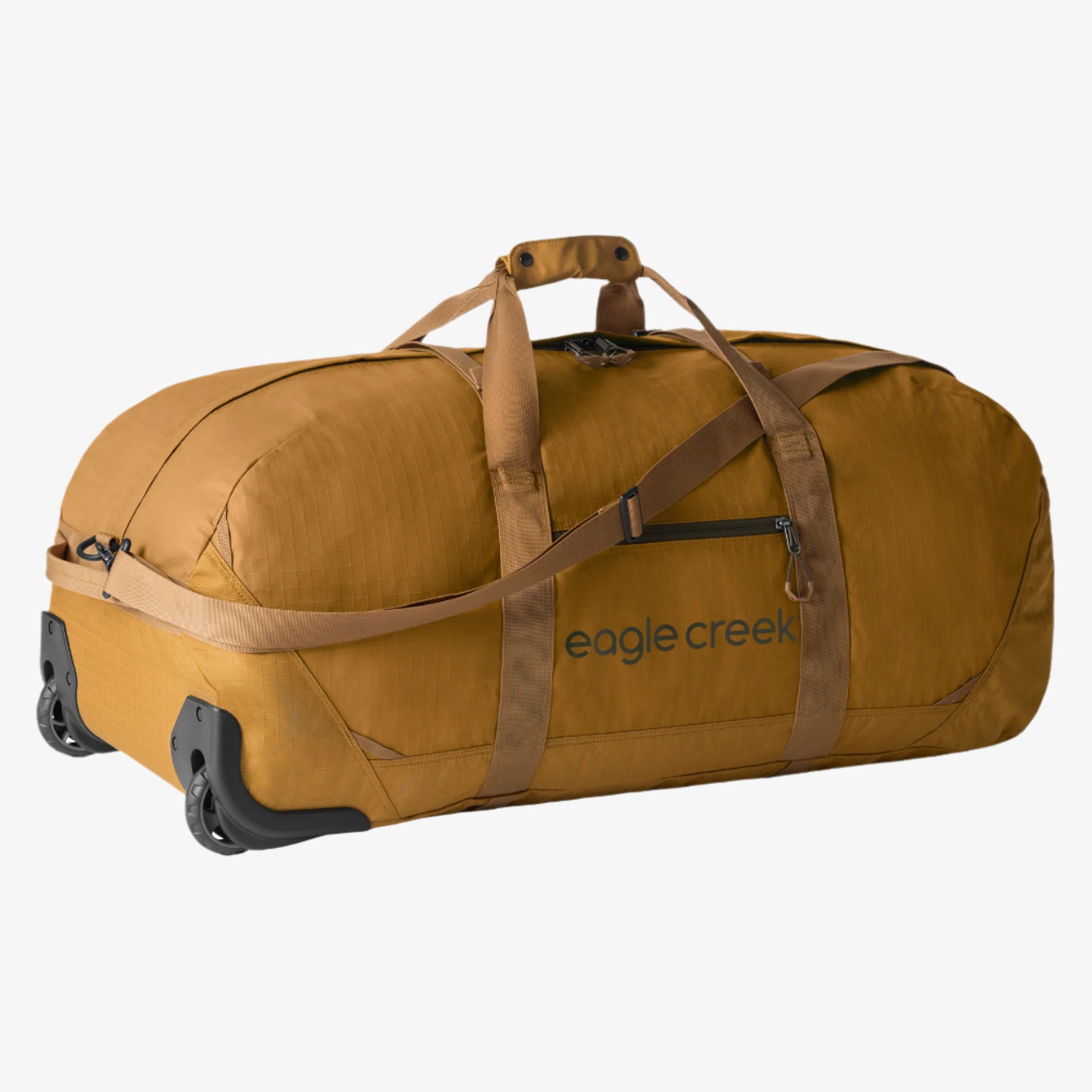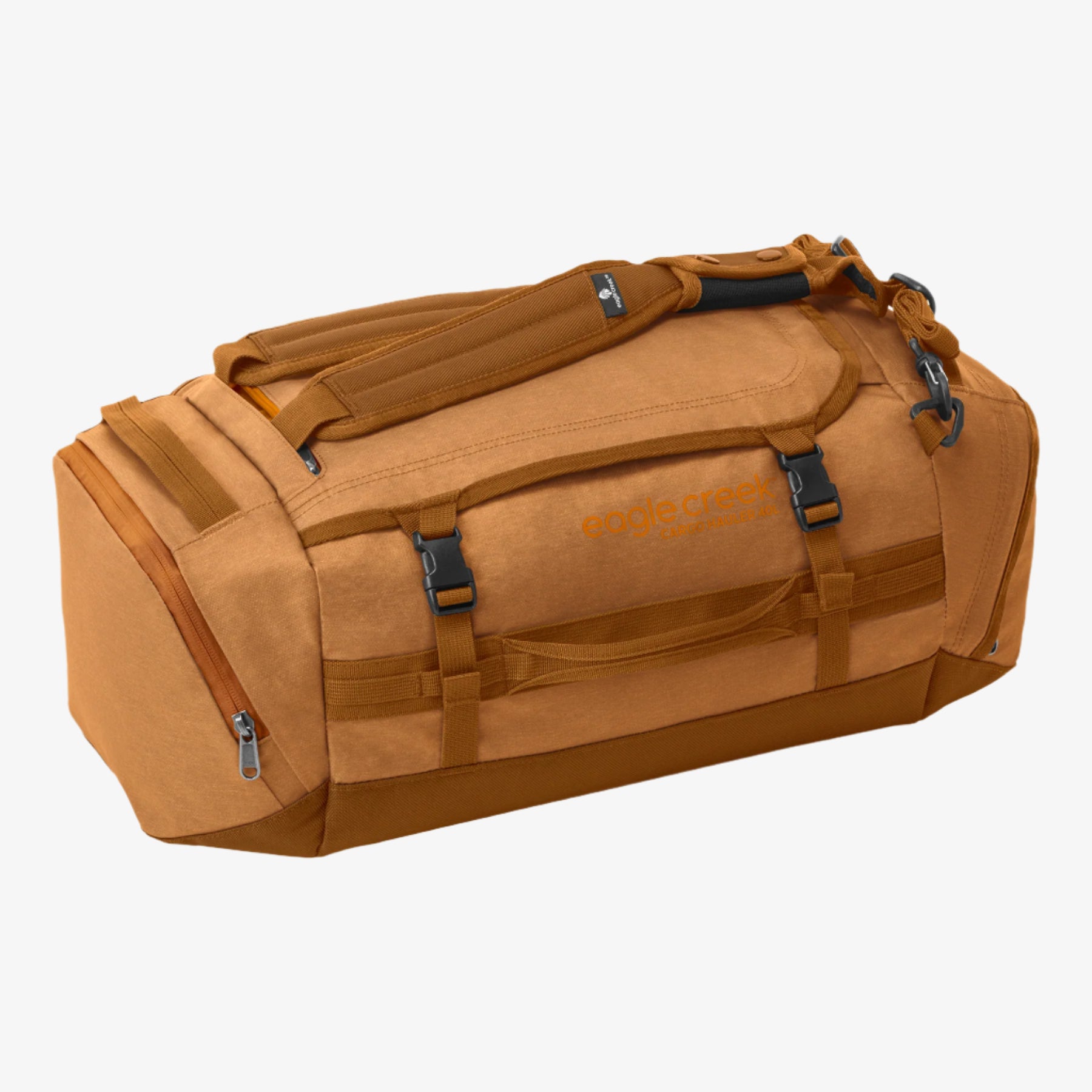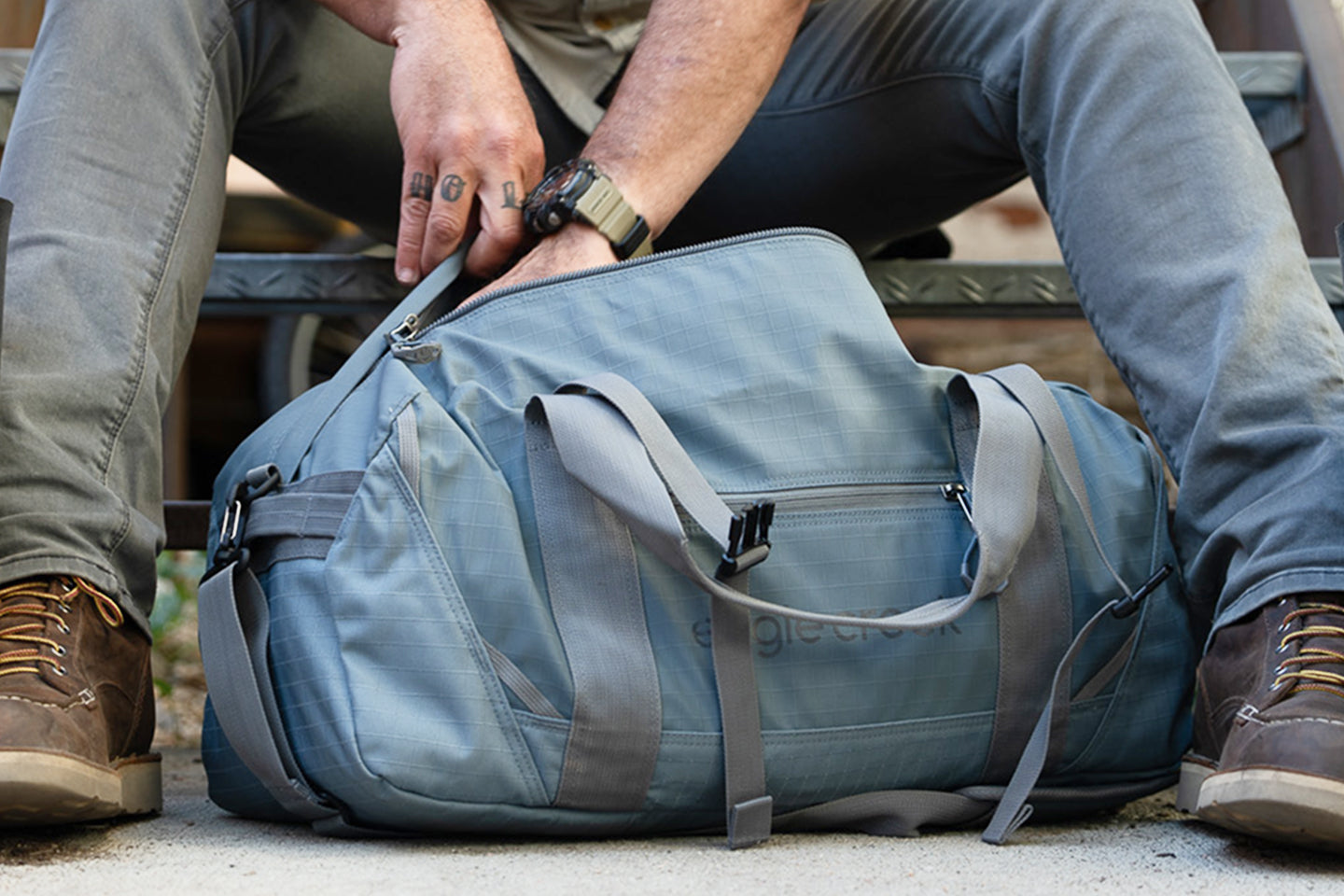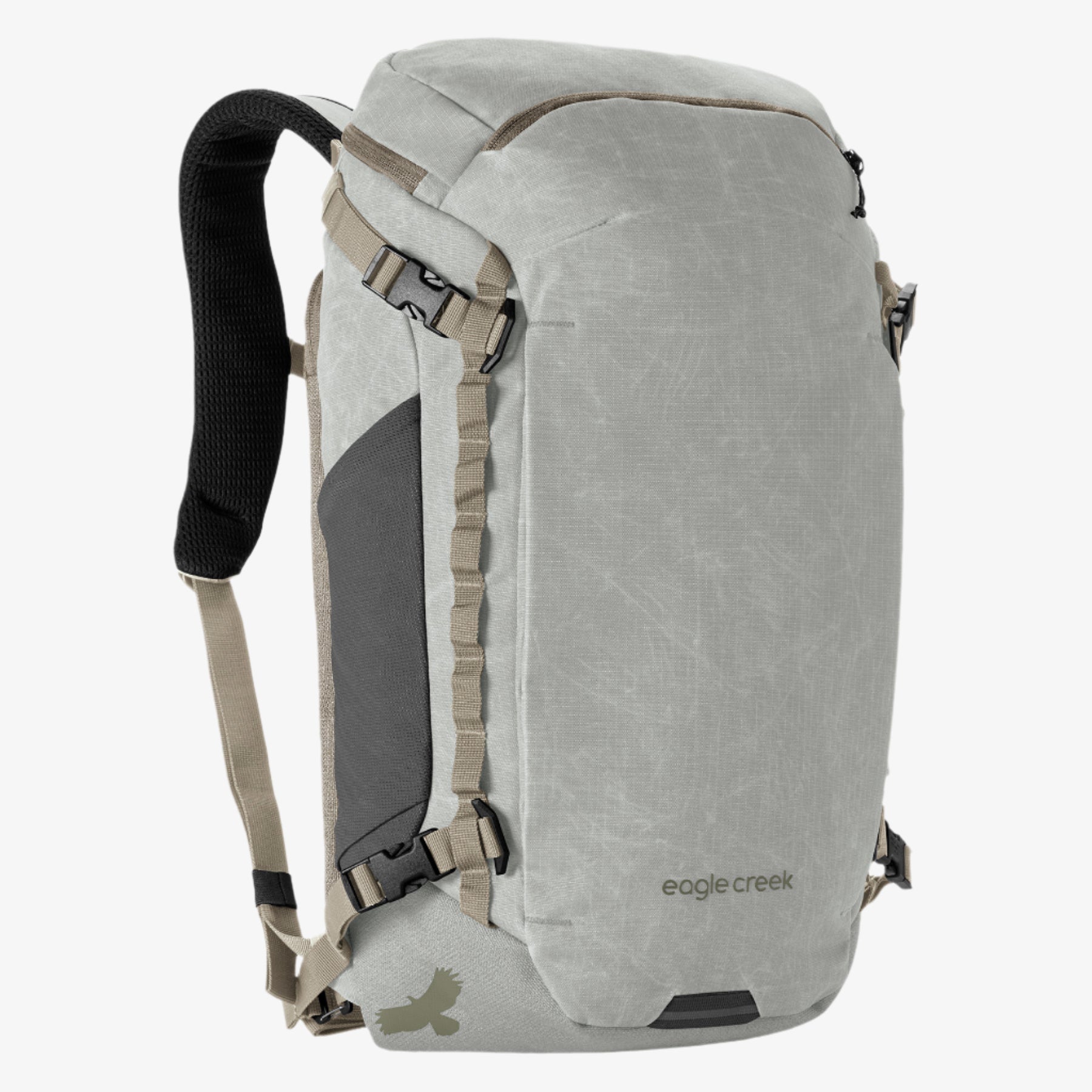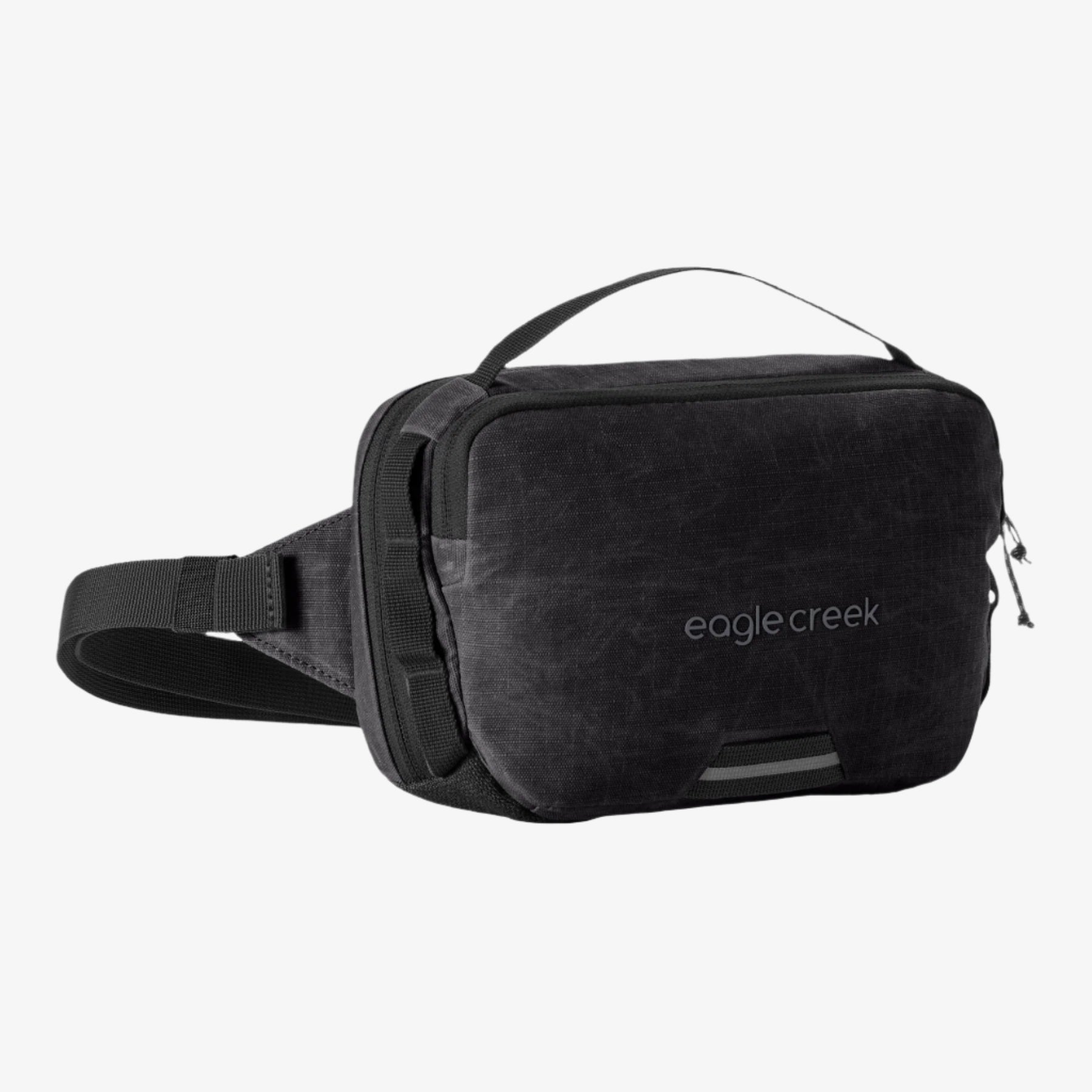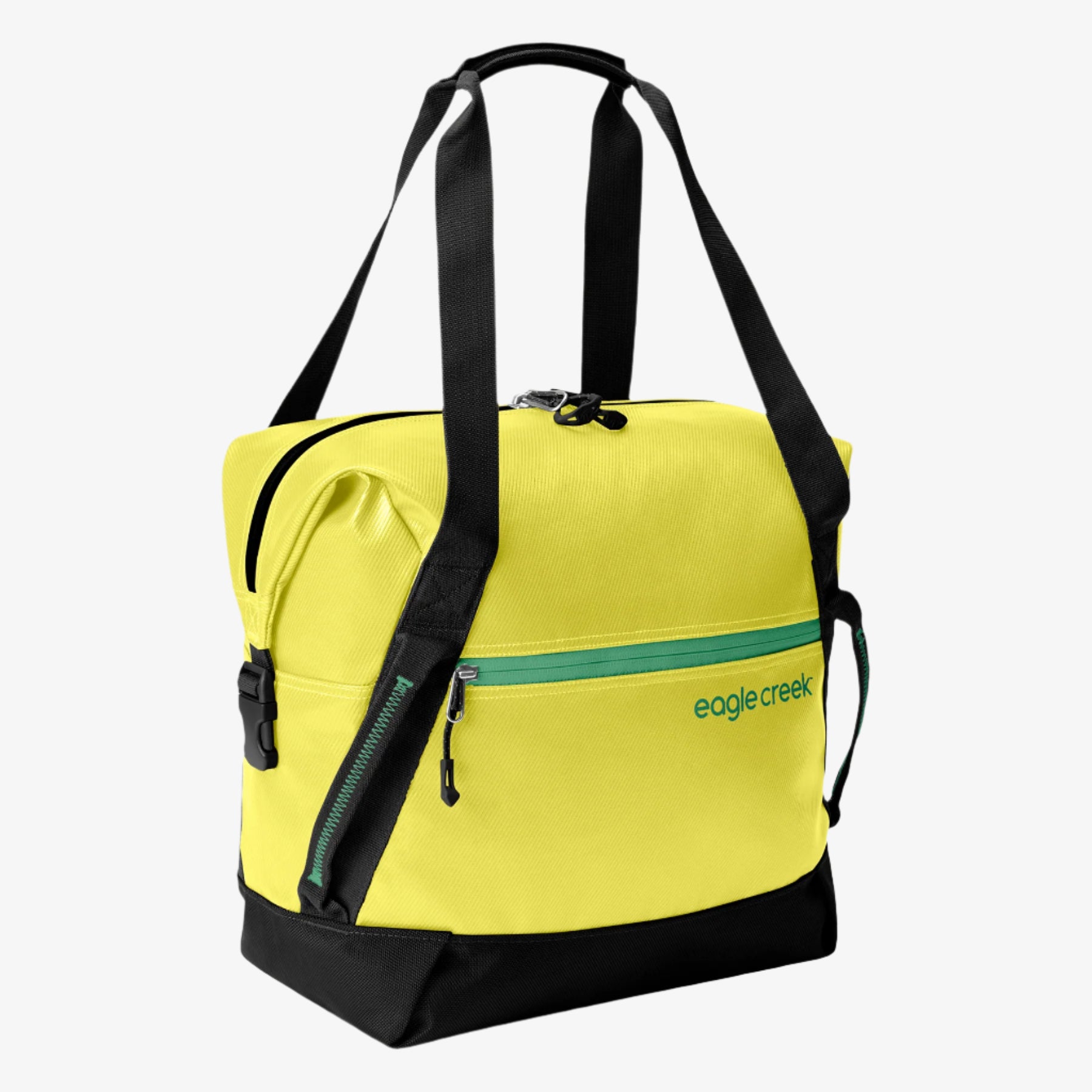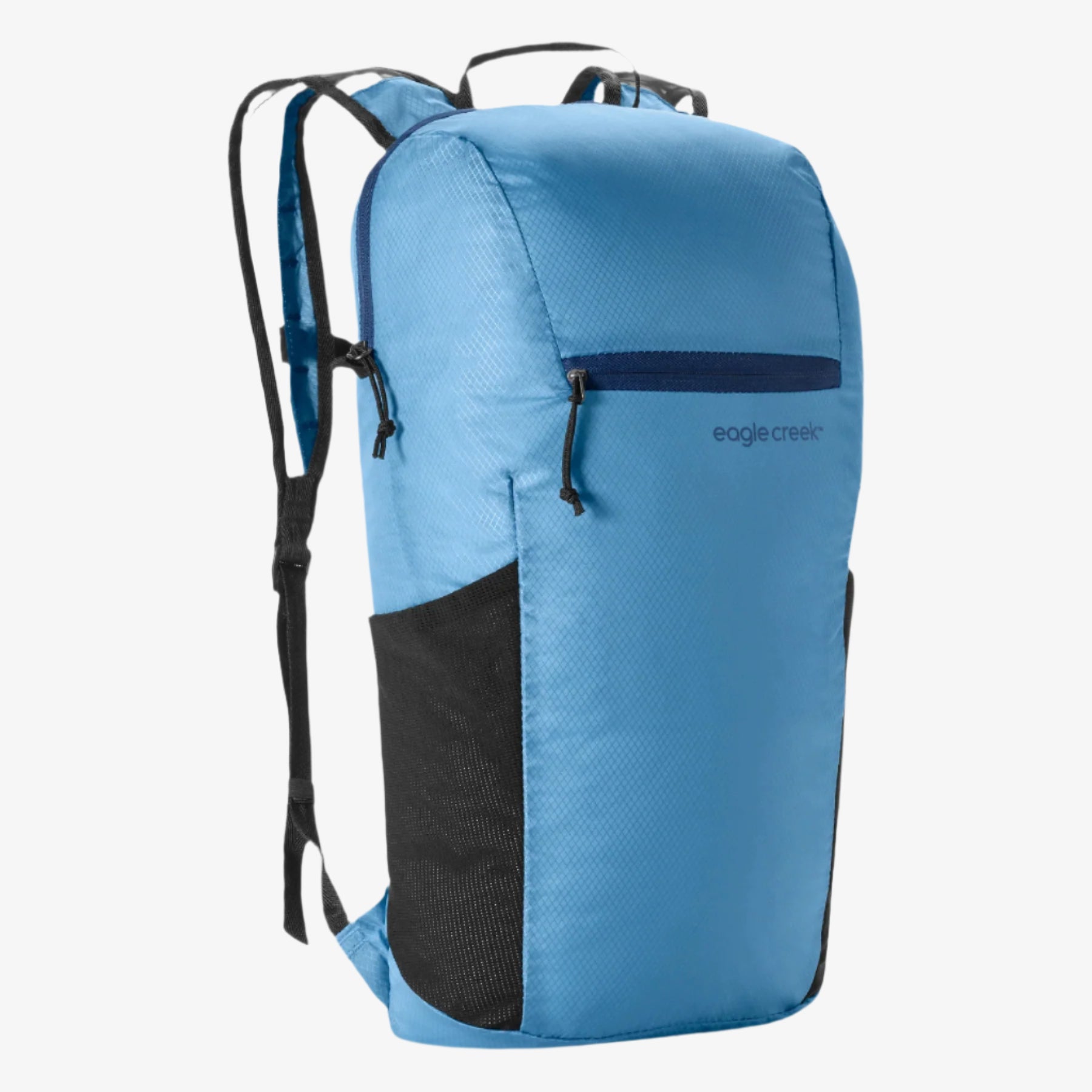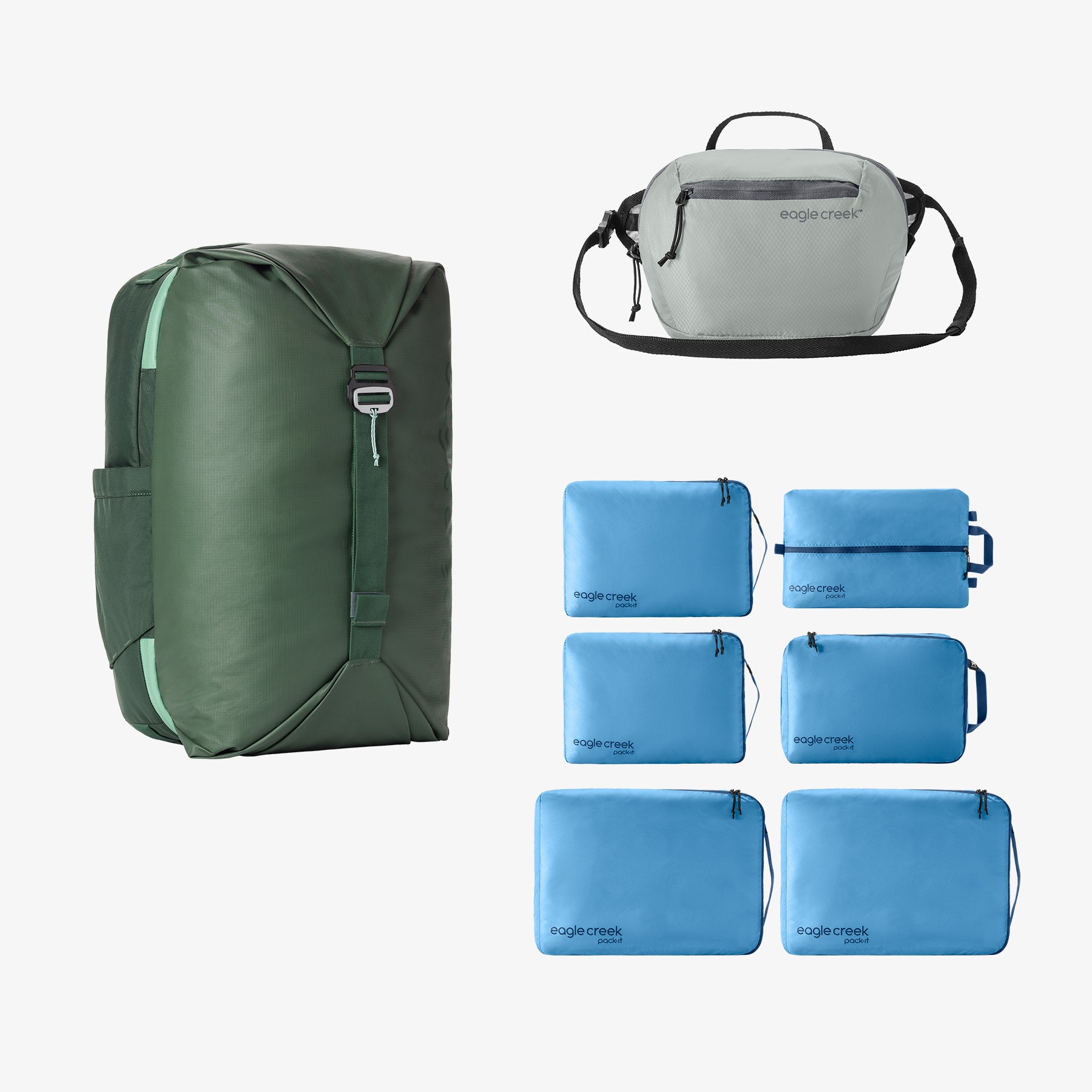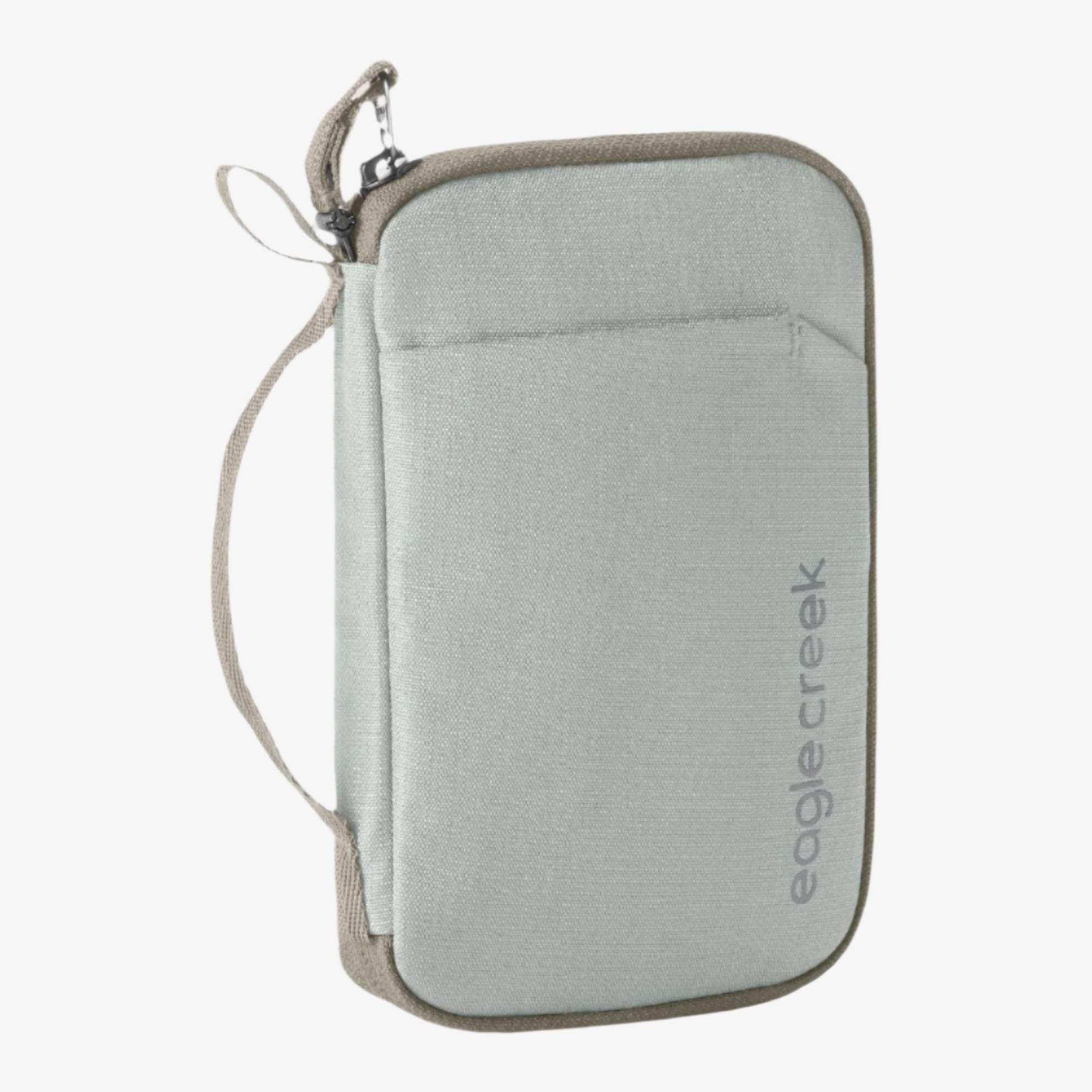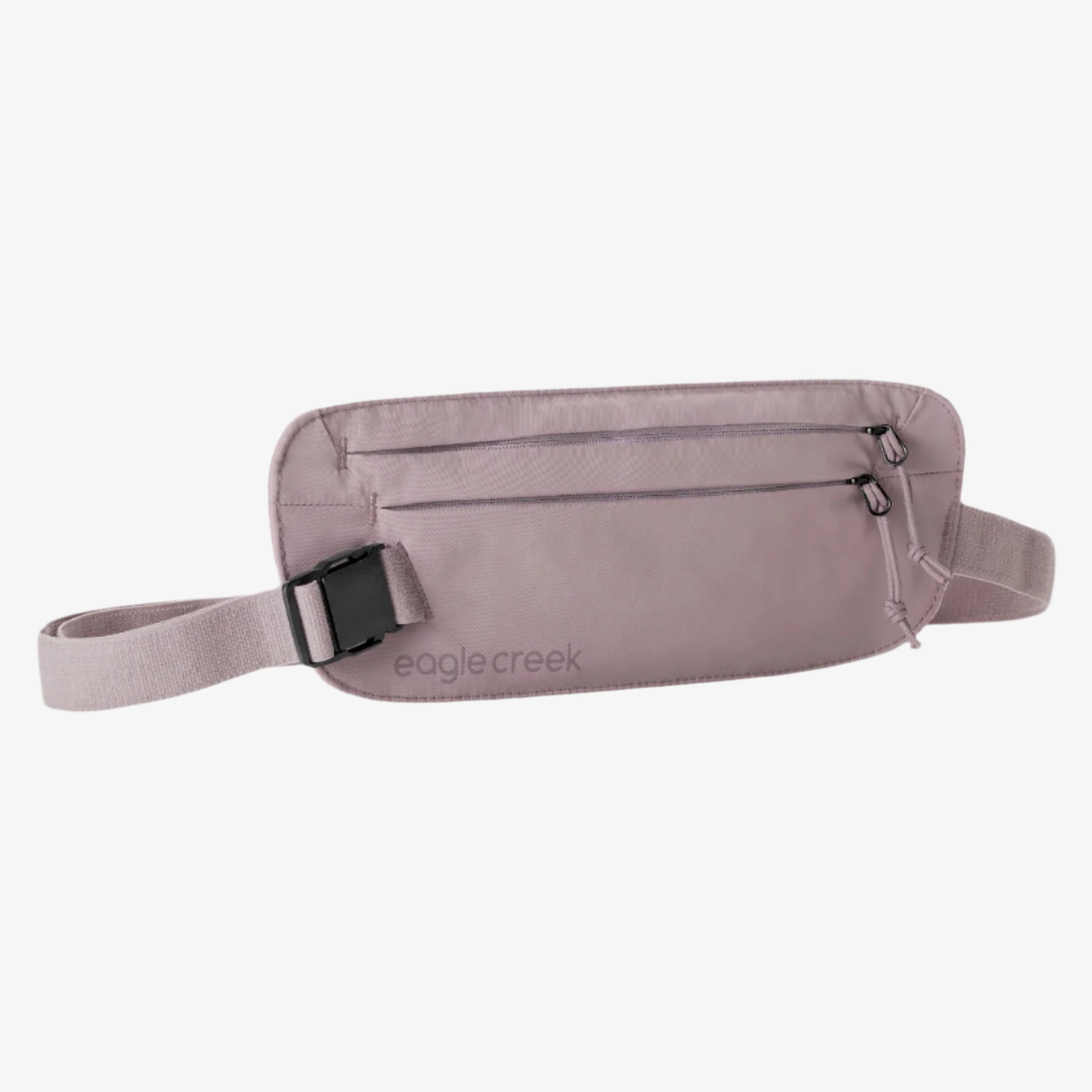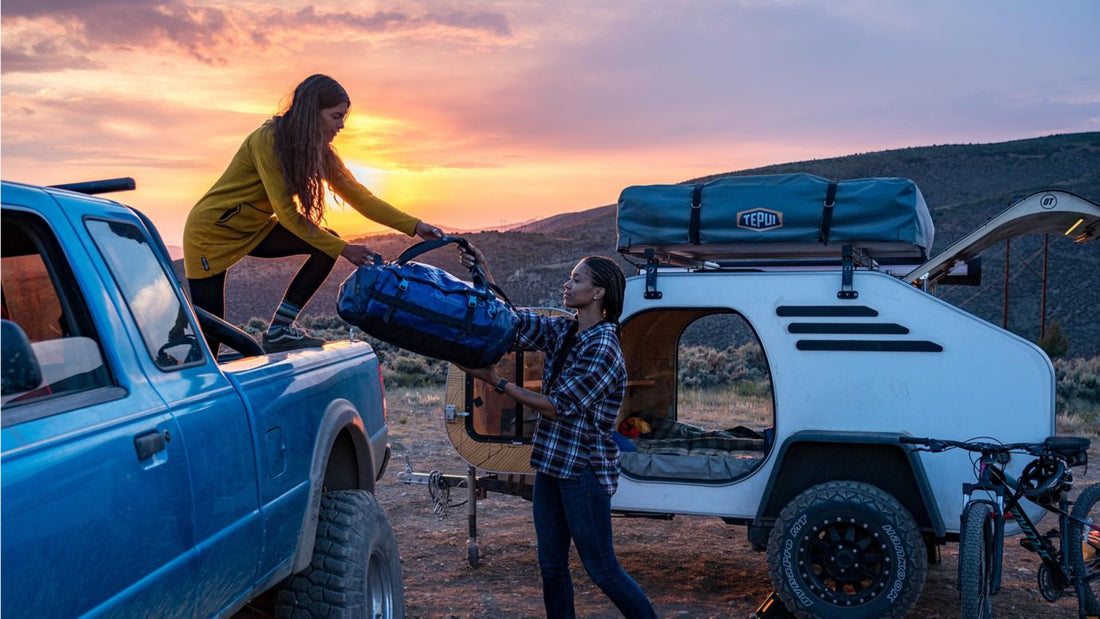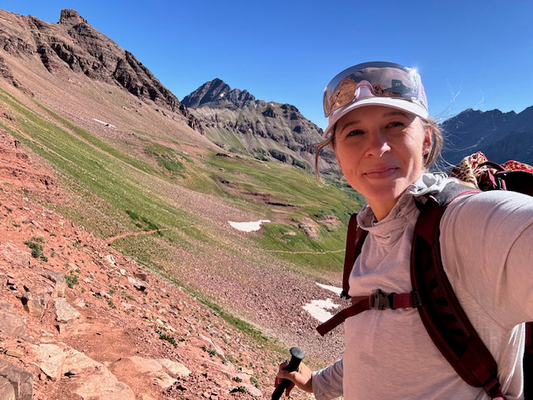
With some simple planning, you can ensure your cross-country adventure is the trip of a lifetime. Use these expert tips and cross-country road trip planning tips for an epic, unforgettable adventure.
In 1903, Horatio Nelson Jackson and Sewall Crocker completed the United States’ first cross-country road trip in an automobile, driving 4,500 miles in 63 days. With only 150 miles of paved roads in the country, this was quite an impressive feat. These days, it’s a lot easier to drive from coast to coast, but you should still take great care in planning your cross-country road trip to ensure not only your safety, but also that you’ll have fun, too! Read on for six important road trip tips to consider before you embark on your own cross-country drive.
Road Trip Tip #1: Determine the Length of Your Trip.
Decide how much time you’re willing to commit to your cross-country road trip. This will determine how many stops you can make during your drive, and how long you can stay at each. Technically, it only takes just shy of two days to cross the entire country if you drive nonstop, but where’s the fun in that? (Not to mention the lack of sleep is dangerous!) To make the journey in an enjoyable fashion, we think two weeks is the bare minimum needed, but three to five weeks is ideal.
Road Trip Tip #2: Pick Key Stops.
Choosing “must see” points of interest will lay the foundation for your entire trip. Plan your route of travel based on these locations, and let that route open the door to other stops along the way. Now, for a cross-country road trip, remember that the focus is on the east-to-west journey (or vice versa), which means you don’t necessarily want to drive too far north and south during your journey. Pro tip: Consult a map when picking your must-see points, and try to select ones that are in relatively straight routes to maximize your driving time. (That is, pick a generally northern, central, or southern path across the country!) Of course, if you have the time, you can take a more meandering route rather than a direct one.
Great bucket-list activities to consider include hiking the Grand Canyon, stargazing from national parks, and enjoying nature in Yosemite.
Road Trip Tip #3: Map Your Route.
With your key stops decided, it’s now time to pinpoint those locations on a map and plan your route. You can use a paper map, but a digital one like Google Maps is much easier—it’s nice to have an easily changeable visual representation of your course as you work out the stops in between.
Once you’ve plotted your must-see stops, you can get a rough estimate of how long your cross-country drive will take. Determine how many days you want to spend at each key location and factor in the drive times between them, then compare that amount of time to your total allotted time for the whole road trip. You can start peppering in additional stops between the main ones to fill in the rest of your schedule. Don’t be afraid to give yourself a few options; that way, if you encounter any sort of obstacle, or just change your mind, you don’t have to start from scratch.
Road Trip Tip #4: Book Some, But Not All, Lodging.
If you plan to travel during peak season, it’s a good idea to secure some reservations in advance. Lodging, including campsites, at many of the western national parks book up months in advance, for example, and planning for this will make life a lot easier once you’re on the road. The same holds true for popular road trip destinations with limited accommodations like Marfa, TX. But if your cross-country road trip schedule is relatively flexible, it’s nice to try to best anticipate when you’ll make it to a certain area, and then book a campsite for that night to guarantee a spot. Then leave lodging holes that can be filled in on impromptu route deviations.
Road Trip Tip #5: Make a Packing List.
Plan out your packing list well in advance to save yourself stress closer to departure time. What you need to pack for a cross-country road trip varies greatly depending upon the style of your journey. For example, if you’re planning to camp the whole way, you’ll need to pack all your essential camping gear (duh). If you’re living the van life on your cross-country road trip, then you’ll want to maximize storage with space-saving organizers like packing cubes (don’t forget shoe cubes and compression kits!). Hotel hopping? Well, you’ll still want to bring road trip essentials in the car, and packing sacs work like a dream to organize everything you need in the front seat (handy clips on each sac mean you can affix a sac to one spot in the car and it’ll be there when you need it in a flash—think toll money, Chapstick, hair ties, and more).
No matter the type of trip you take, duffels are among the best types of road trip luggage. Duffels collapse down to nothing when not in use, and easily slide and stack into your car or van. Consider using Migrate Duffels; these durable bags feature water-resistant fabric, and the bathtub construction means your gear easily withstands rain or snow when you’re loading and unloading your car. And when you add in a set of packing cubes, you can keep your road trip gear ruthlessly organized.
Road Trip Tip #6: Check, Double Check, and Triple Check that You’re Ready!!
First and foremost, make sure your car has been serviced and is ready to drive thousands of miles. Then, the night before you leave, check the first leg of your route for any weather or roadwork that might hinder your plans. And finally, make sure you double- and even triple-check that you have all the items on your road trip packing list. There’s nothing worse than driving 30 hours to a campsite only to find you left your tent at home!
With these road trip tips in mind, there’s only one thing left to do: Dig out those guidebooks and maps and start planning. After all, the open road is calling, and it’s tough to resist. Do you have any sure-fire road trip tricks or ideas?
Related Links (from Eagle Creek blog):
Tips for an Are We There Yet-Free Road Trip With Kids
